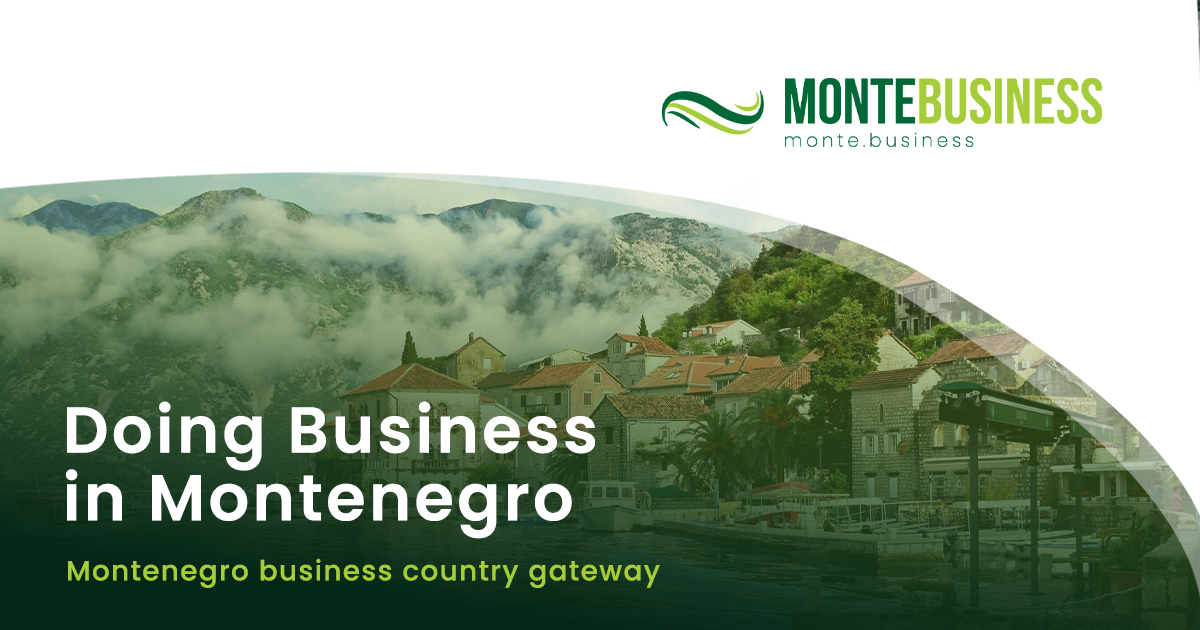The economic situation in Montenegro during the first quarter of 2024 presents a complex picture of growth in some areas alongside significant challenges in others. The following is a detailed analysis of the key aspects highlighted in the economic data:
Economic indicators and trends
- Budget and fiscal performance:
- Budget deficit: Montenegro recorded a budget deficit of €4.9 million, which is 0.1% of GDP. Despite this, budget revenues increased by 8.6% compared to projections, while expenditures were 11.8% below expectations. However, when compared to the same period in 2023, expenditures surged by 21.7%, primarily due to higher allocations for pension and disability insurance .
- Inflation and prices:
- Inflation: Inflation was recorded at 4.7% for the quarter. Notably, food prices saw a slight decrease of 0.4% in April compared to March, influenced by margin restrictions in retail chains .
- Employment and wages:
- Employment: The number of employees increased by 7.1% from the previous year, reaching 248,900 . The registered unemployment rate dropped to 12.9%, down by 2.86 percentage points compared to the previous year.
- Salaries and pensions: The average net salary increased by 6.8%, reaching €822. The average pension saw a substantial rise of 36.6%, amounting to €511.18 .
- Trade and exports:
- Exports decline: There was a significant 31.2% decrease in exports, primarily due to reduced exports of electricity and aluminum . The coverage of imports by exports dropped to 17.6%, compared to 26.5% in the previous year.
- Foreign exchange drop: There was a 3.4% decline in foreign exchange earnings, reflecting the challenges in the export sector.
- Foreign direct investments (FDI):
- FDI Inflow: The net inflow of FDI was €117.6 million, showing a slight decrease of 1.1% compared to the same period in 2023 .
- Tourism and transportation:
- Tourism: The number of overnight stays by domestic and foreign tourists dropped by 19.1%. Despite this, passenger transportation at airports grew by 5% . The largest groups of tourists came from Russia, Serbia, Turkey, Bosnia and Herzegovina, and Ukraine.
- Tourism revenues: Tourism revenues declined by 20.6%, indicating a challenging period for the sector .
- Financial sector:
- Loan growth: Newly approved loans increased by 33%, reaching €367.3 million. Loans to the economy and citizens constituted a significant portion of this growth .
- Savings: Citizen savings in banks grew by 2.8%, totaling €5.33 billion .
Interpretation and implications
The data from the first quarter of 2024 presents a mixed economic picture for Montenegro:
- Positive aspects:
- Employment and wages: The increase in employment and wages suggests an improving labor market, which is crucial for economic stability and growth.
- Loan growth: The increase in newly approved loans indicates a robust financial sector that supports economic activity and consumer spending.
- Challenges:
- Export decline: The sharp decline in exports and foreign exchange earnings is a significant concern, highlighting vulnerabilities in Montenegro’s trade and external sector.
- Tourism decline: The drop in tourism revenues and overnight stays suggests challenges in the tourism sector, which is a critical part of the Montenegrin economy.
- Inflation: While inflation remains moderate, the rising costs in various sectors, especially pensions, could strain the fiscal budget.
- Budgetary concerns:
- The increase in budget expenditures, particularly in pensions, without a corresponding rise in revenue poses risks to fiscal sustainability.
Strategic considerations
To address these challenges, Montenegro may consider the following strategies:
- Diversifying exports: Reducing dependence on a few key sectors like electricity and aluminum by diversifying export products and markets.
- Tourism revival: Implementing targeted policies to revive the tourism sector, such as promoting Montenegro as a year-round destination and investing in tourism infrastructure.
- Fiscal discipline: Maintaining fiscal discipline by managing expenditure growth and seeking ways to enhance revenue generation without overburdening the economy.
Overall, while there are encouraging signs in employment and wage growth, Montenegro faces significant challenges in its trade balance, fiscal sustainability, and key economic sectors such as tourism. Strategic initiatives and policy adjustments will be crucial to navigate these challenges and sustain economic growth.







